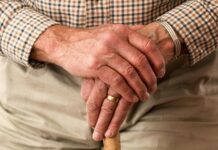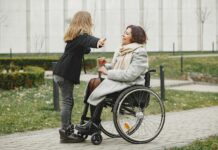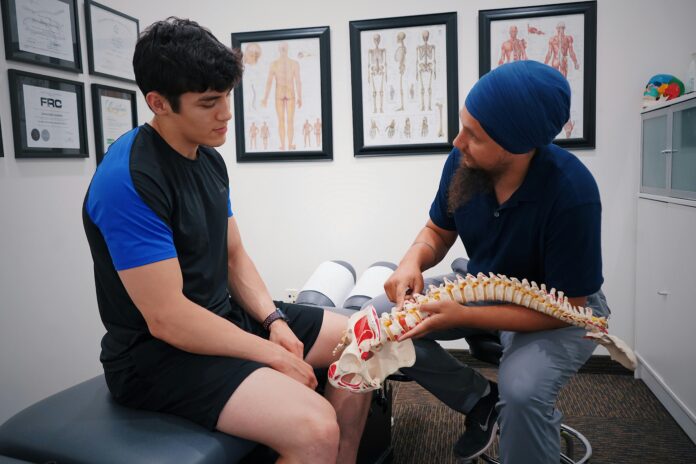Your brain is the control centre of communication, while your spinal cord is the main highway for the brain’s messages to the rest of your body. Therefore, a spinal cord injury can be likened to a major traffic jam on this highway, disrupting the flow of essential signals that control movement and sensation.
Understanding spinal cord injuries
The spinal cord is divided into five segments: cervical, thoracic, lumbar, sacral, and coccygeal. Injuries can occur in any of these segments, and depending on where the injury occurs, it can impact which part of the body is affected. For example, cervical segment injuries impact arm and hand mobility.
Yet hope is on the horizon for restoring function after a cervical spinal cord injury. Animal research has shown that electrical stimulation to the injured area of the spinal cord can restore impaired neurological function. Remarkably, in some cases, these restored functions can persist even after the stimulation has stopped.
The science behind spinal cord electrical stimulation
The improvements in neurological function are believed to stem from the growth of residual white matter tracts. These tracts are essentially the wires of our nervous system that carry messages. Electrical stimulation recruits intact neuronal pathways near the injury, encouraging them to reorganize and take over the functions lost due to the injury.
This fascinating process is at the heart of recent spinal cord injury treatment advancements.
Introducing ARCEX Therapy
Enter ARCEX Therapy, a cutting-edge device engineered to deliver synchronized electrical stimulation to the spinal cord. It is currently under investigation for its potential to enhance arm and hand functions after chronic cervical spinal cord injury.
A recent study involving researchers from Canada — including Dr. Sukhvinder Kasi-Ryan from the University of Toronto, Dr. Andrei Krassioukov from the University of British Columbia, and Jessica D’Amico from the University of Alberta — and their collaborators around the world has provided promising results.
This study, which can be found in Nature Medicine, included 60 participants, aged 22 to 75, who underwent at least 24 rehabilitation sessions alone and ARCEX Therapy. The goal was to assess the safety and effectiveness of ARCEX Therapy in improving arm and hand functions.
The results
More than half of the participants experienced ARCEX Therapy as effective, significantly improving the strength and function in their hands and arms. The therapy also reduced the frequency and severity of muscle spasms.
Additionally, participants reported improved sleep quality and reduced pain. They also reported an overall increase in well-being and levels of independence after the ARCEX Therapy.
These improvements exceeded those achieved with rehabilitation alone, and no serious adverse events related to ARCEX Therapy were reported, indicating its safety.
The future of ARCEX Therapy
If approved by regulatory authorities, ARCEX Therapy will revolutionize the treatment of chronic cervical spinal cord injuries, offering new hope for improved hand and arm function. Moreover, given the success of spinal cord stimulation in treating other conditions like stroke and Parkinson’s disease, researchers believe ARCEX Therapy could benefit a broader range of neurological disorders as well.
In conclusion, the ARCEX Therapy device represents a significant leap forward in spinal cord injury treatment, potentially transforming the lives of those affected by these debilitating injuries.








































